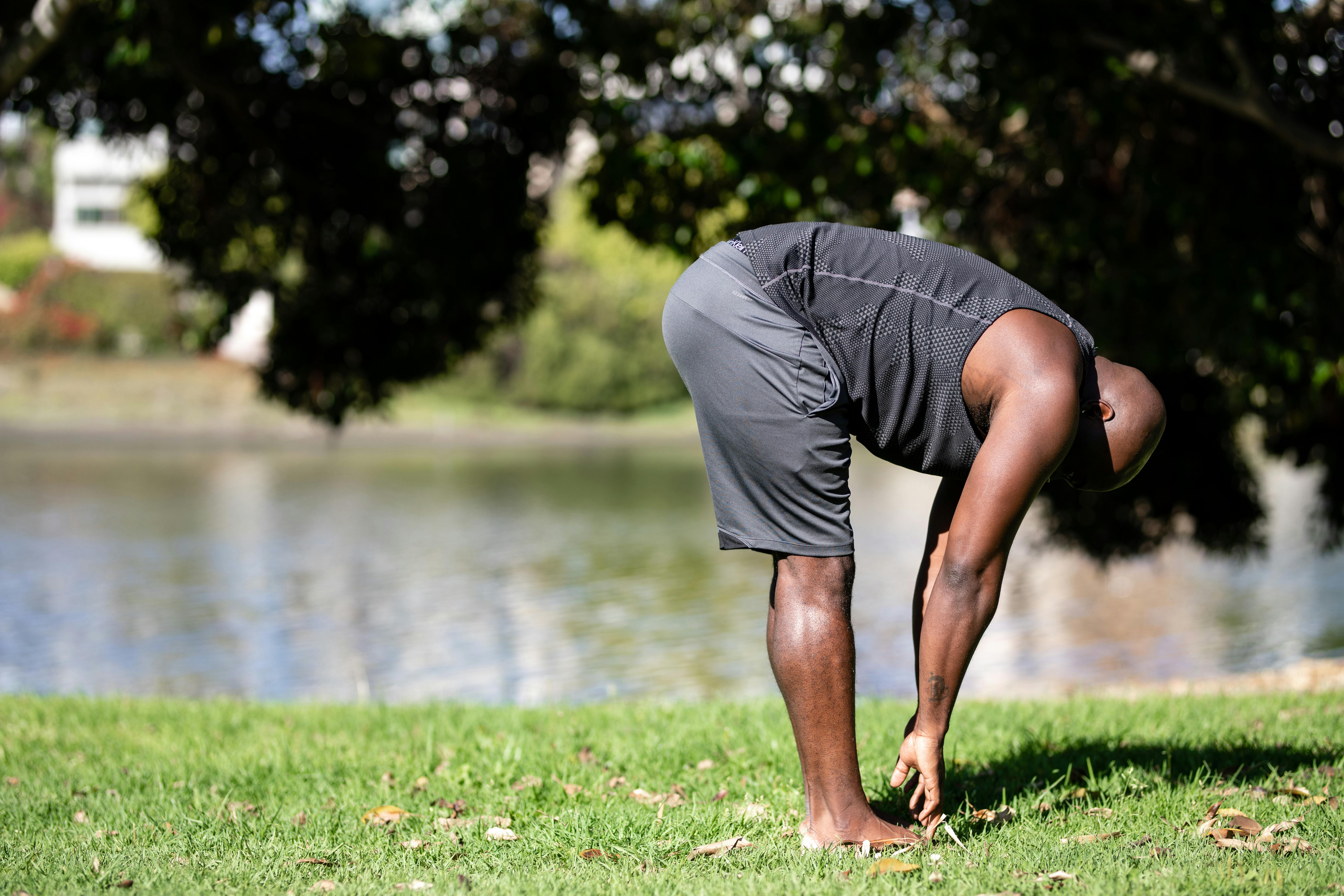
Plyometric exercises: is it safe for children?
With youth sports becoming more competitive, training methods for young athletes are also becoming more advanced. One type of training that your child may encounter is called plyometrics. However, there has been some debate as to whether or not plyometrics is safe, not only for children, but also for athletes in general. People in the field of exercise science point out that there is very little to no scientific evidence to support the safety or effectiveness of plyometric exercises. On the other hand, plyometrics is endorsed by the American Council on Exercise and the American College of Sports Medicine. The National Strength and Conditioning Association also has a position in favor of plyometrics. So is plyometrics safe or not? What exactly is plyometrics? What are the supposed benefits or caveats against it? Let’s take a look at the answers to these questions so you can make informed decisions about your child’s athletic training.
What is plyometrics?
In plyometric exercises, a muscle is rapidly contracted and lengthened, then immediately contracted and shortened further. Plyometric exercises force muscles to rapidly contract from a fully stretched position. In the simplest terms, plyometrics are drills or exercises that involve a jumping motion, sometimes referred to as “jump training.” Examples of these types of exercises include skipping, skipping, jump rope, skipping, lunges, jump squats, sprints, and clap push-ups.
What are the benefits of plyometrics?
Some describe plyometrics as a successful speed training tool. Plyometrics is used for the lower body, upper body, and core to improve movement speed in many specific skills. Speed training drills and drills focus on improving acceleration and raw speed. Athletes often use plyometric exercises to improve conditioning and gain more explosive power. Movement speed and explosive power are related. Developing explosive power is important because athletes with a higher power to body weight ratio execute faster and often dominate athletics.
While most plyometric training is done to increase speed, power, and overall athleticism, it is also considered an important factor in helping to prevent injury. Plyometric exercises force muscles to contract from a full stretch, which is also the position in which muscles tend to be at their weakest. Since plyometrics train and condition muscles at their weakest points, these muscles are better prepared to handle this type of stress in a live game environment.
What are the precautions against plyometrics?
Plyometrics has been assimilated to high-impact aerobics that have been discontinued due to risk of injury. Physiologists say that most sports injuries are caused by “excessive force” on an athlete’s musculoskeletal structure. Some feel that jumping off 2-3 foot boxes and jumping back onto another box generates excessive force. It must also be taken into account that the bone structure of children and adolescents is relatively immature. Large forces exerted during intensive deep jumping should be avoided. Young athletes who are still growing should avoid any intense and repetitive plyometric exercises.
Even those in favor of plyometrics issue warnings and cautions. Plyometrics is considered an advanced form of conditioning that is ideal for improving the performance of a well-trained athlete. Even then, well-trained athletes should start slowly, seek expert supervision, and obtain the proper footwear and equipment. Some experts even recommend a solid foundation in weight training before beginning plyometrics.
Other guidelines include the following:
Simple exercises first. Breaks, skips, and limits must be entered first. The most intense and demanding exercises, such as depth jumps, should be limited to well-prepared athletes.
Proper warm up is essential. An athlete’s body needs to be prepared for the intensity of plyometric exercises.
Proper technique is very important. If an athlete feels too tired to perform the exercises with proper technique, plyometric training should be stopped for that session.
Don’t overdo it. Athletes should have adequate rest and recovery time between exercises and between training sessions.
Avoid hard surfaces. Grass is one of the best surfaces for plyometric exercises. Do not perform plyometric exercises on concrete, asphalt, or other hard surfaces.
Get good shoes. The impact is inevitable. Wear well-padded shoes that are stable and can absorb some of this shock.
Should you allow your child to participate in plyometric training?
There are actually thousands of plyometric exercises that vary in intensity. Common children’s activities such as hopscotch, jump rope, and even jumping jacks can be characterized as plyometrics. Regular participation in a plyometric training program can help strengthen bones and facilitate weight management in children. Some suggest that moderate jumping can be included in the training of young children. Less intensive exercises can be used; it is depth jumps that should be avoided. With graded training and age-appropriate instruction, plyometric training can be a safe, effective, and fun form of athletic training and conditioning for children and adolescents. But like any other athletic activity, there is a risk of injury if the intensity or amount of training exceeds the physical capacity of the child involved. With plyometrics it’s best to start slow, then listen and watch. Make sure your child doesn’t get too tired to do the exercises with proper technique. These exercises should not be done when your child is tired. Listen if your child complains of pain or discomfort and end the training session immediately. Above all, educate yourself so you can help monitor your child’s activities.